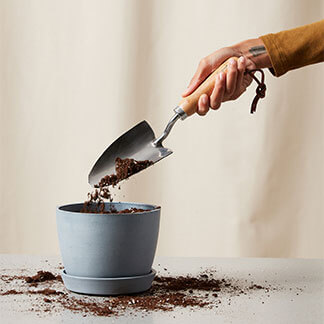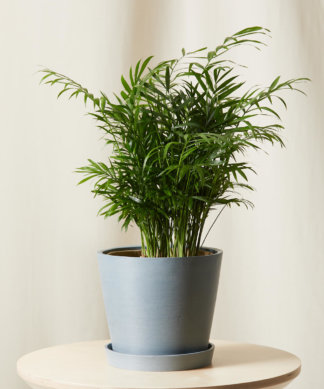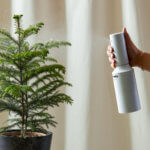How to care for your Cast Iron Plant
Use these instructions to care for a Cast Iron Plant. This guide will tell you how to water a Cast Iron Plant; its light, temperature, humidity preferences and any additional care it might need to help it grow.
Cast Iron Plant
Your cast iron plant can grow well in low and artificial light, but will perform best in bright to medium-bright indirect light. It can tolerate a few hours of direct morning sun, but avoid areas in which it will be exposed to harsh afternoon sun.
Water your cast iron plant when the top 50-75% of soil is dry. Water thoroughly while allowing the liquid to pour from the drainage holes, and be sure to empty the saucer of any excess water to prevent root rot.
Your cast iron plant tolerates low to average household humidity. However, you can add a humidifier in the winter if your heater creates a dry environment.
Your cast iron prefers temperatures between 60-80°F. Avoid cold drafts and sudden temperature changes.
For best results, use a liquid houseplant fertilizer diluted to half the recommended strength once a month during the spring and summer. Never apply fertilizer to dry soil; always make sure the soil is damp before feeding your plant.
Cast iron plants are not toxic to humans and pets.
The cast iron broad leaves can easily collect dust. Wipe down the plant or give it a shower monthly to prevent pests and dust buildup.
















